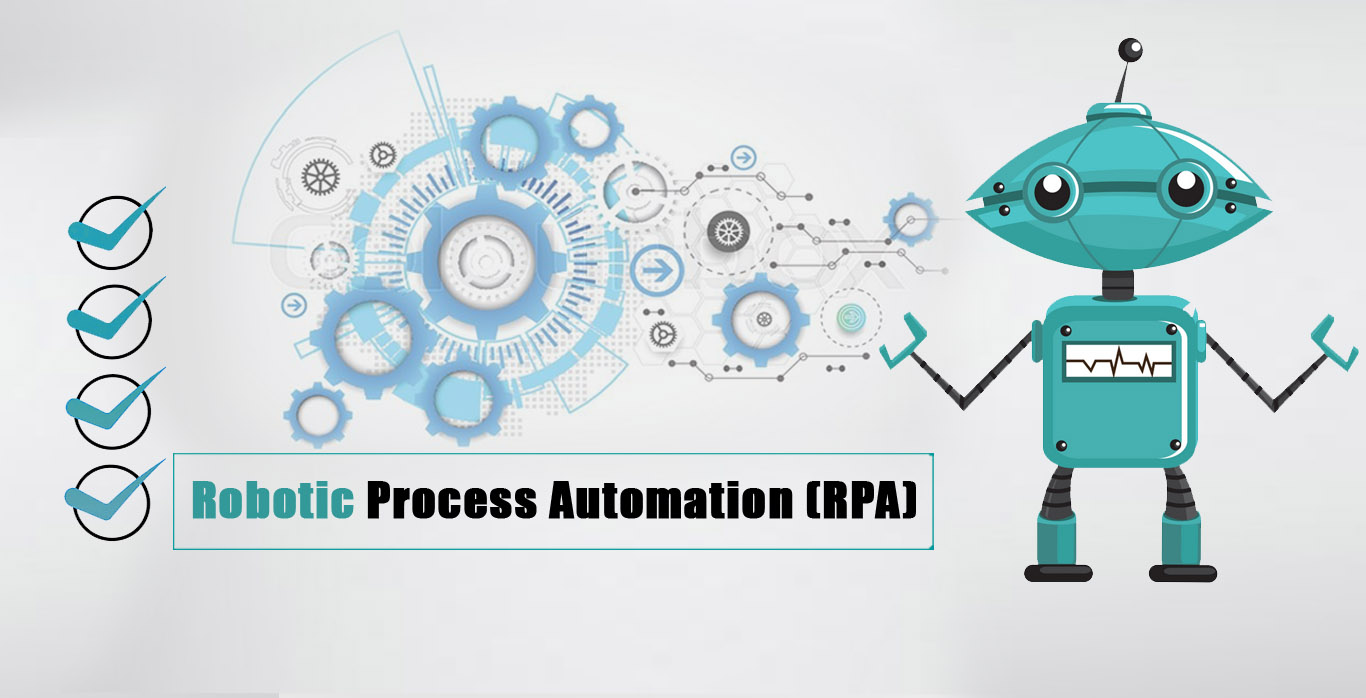Robotic Process Automation (RPA)

Robotic Process Automation (RPA)
Robotic Automation Overview
Robotic process automation (RPA) is the use of software with artificial intelligence (AI) and machine learning capabilities to handle high-volume, repeatable tasks that previously required humans to perform. These tasks can include queries, calculations and maintenance of records and transactions.
At the forefront of human-computer technology, RPA is a capability (software and services) that allows a virtual workforce to transact in any of your company’s systems in the same way a human would, to perform complex, rule based activities.
With robotics, you can automate and build an automation platform for your back office, front office and support functions!
Emulates the work of a human agent, using screen and keyboard, to drive applications and execute system-based work
Automatically processes transactions, manipulates data, triggers responses, and communicates with other systems as necessary
Combine user interface (UI) recognition technologies and workflow execution
Robotic - Robots, but actually are software tools
Non-disruptive automation
- Works alongside by using rather than replacing existing systems
Removes repetitive, mundane, low value, manual tasks if they have
- Structured workflow
- Clear decision parameters/logic (if x then y,otherwise z)
- Requirement for effort removal, high degree of consistency, 24/7 operations, removal of human error
Delivering consistent and efficient process operation
Only requires standard systems access – No expensive integrations
Simple visual design and build
- No programming skills (Reduced cost of setup – Shorter time to production)
RPA Vs Other Automation Tools

WHERE RPA SHOULD BE CONSIDERED?

Statistics on Robotic Automation

HOW RPA WORKS
Benefits of OMA RPA
- On-premise solution
- Managed service capability
- Specialists to help in automation
- Business Process consultancy expertise
- Non disruptive solution
- No replacement of systems required
- No software development or system integration
- Improves speed and consistency
- Significantly reduces costs
- Frees staff to do the things that really need them

